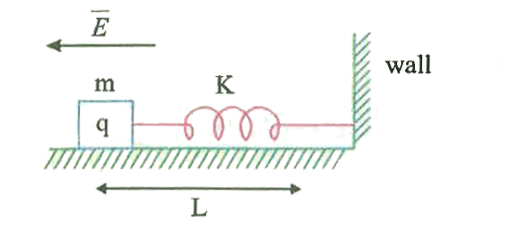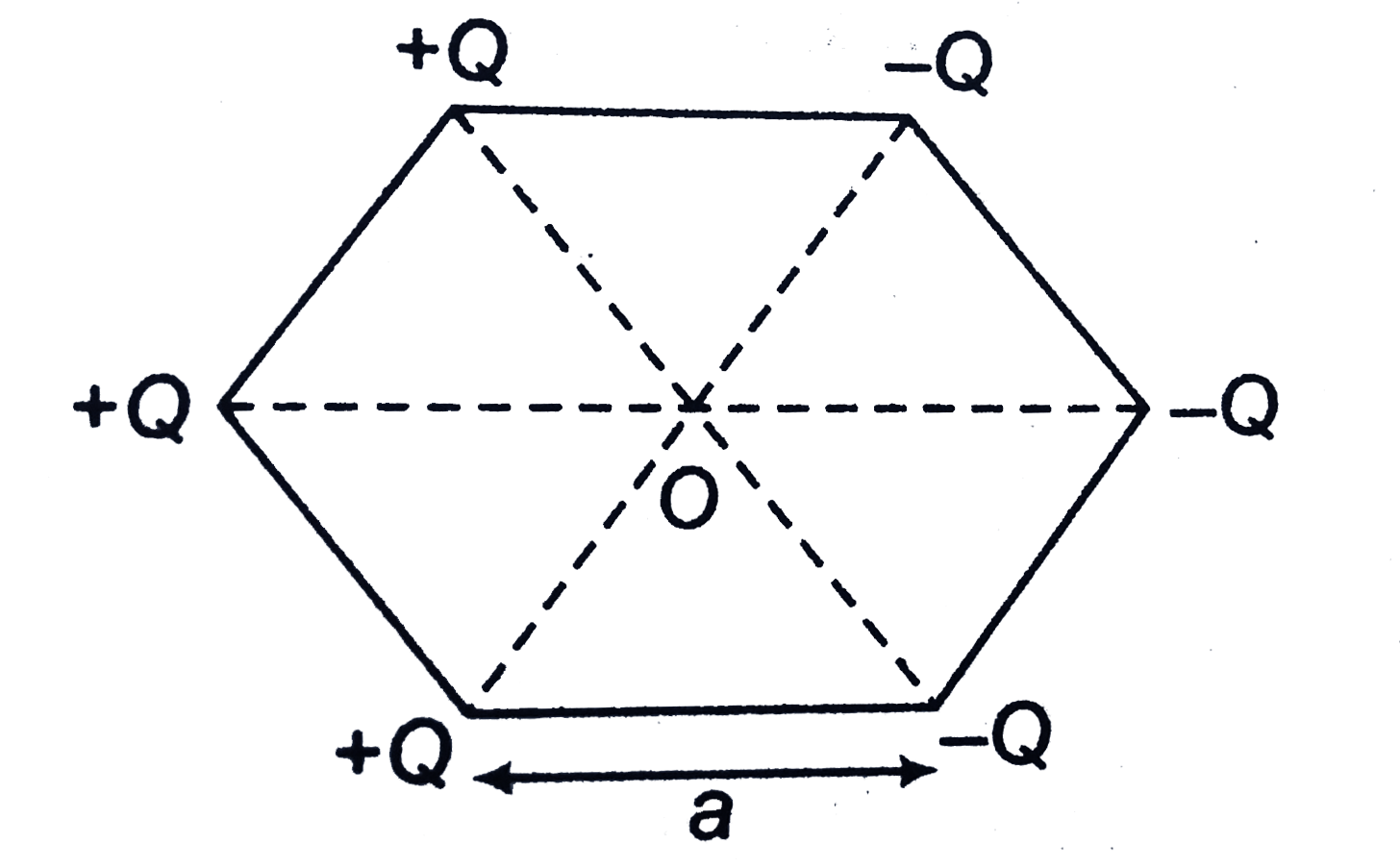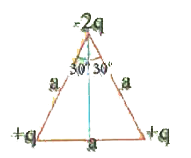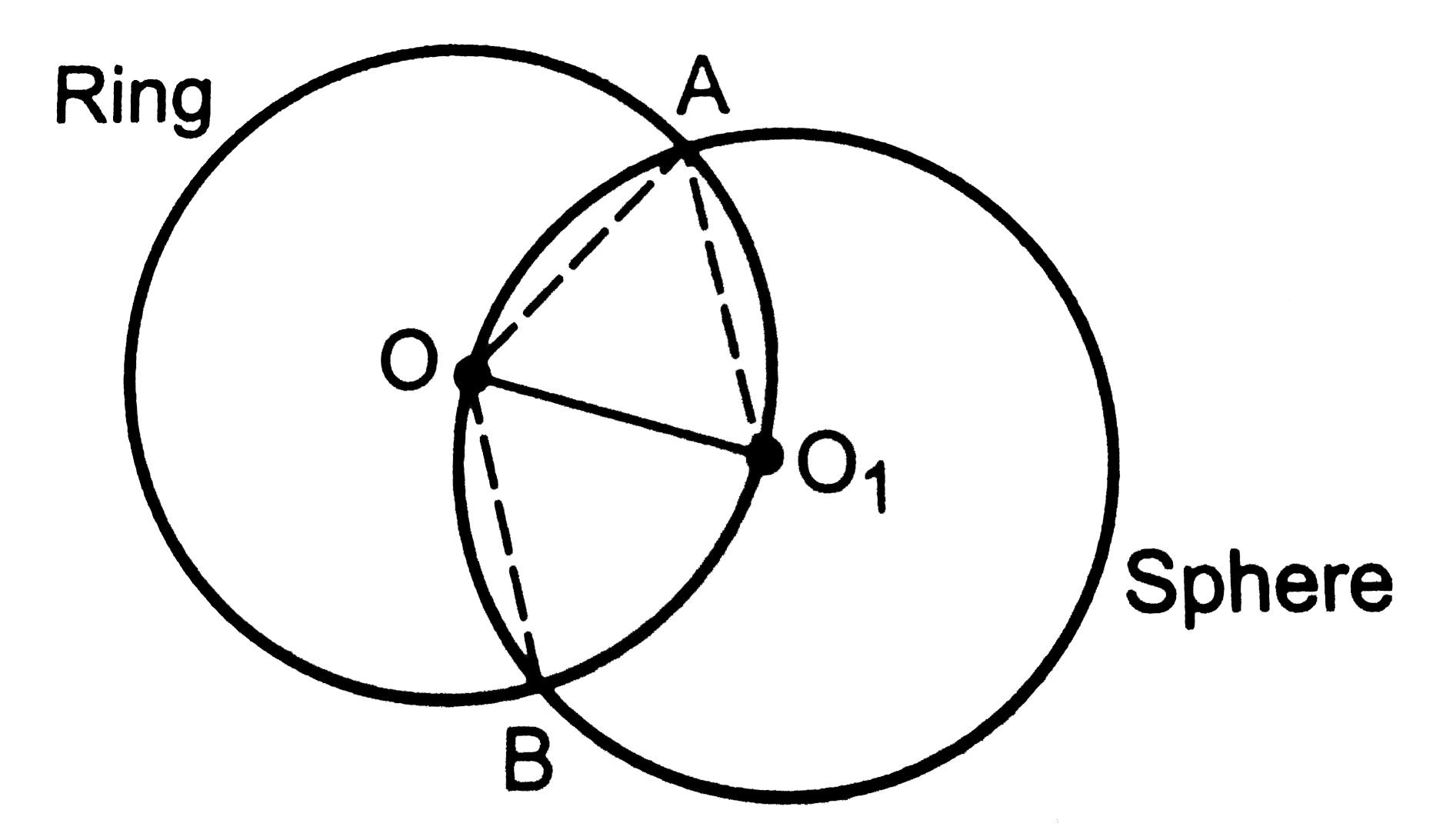Complete Solutions to ILLUSTRATION of chapter ELECTRIC CHARGES AND FIELDS of Class 12 book with complete answers and questions
| Class 12 | PHYSICS |
| Chapter | ELECTRIC CHARGES AND FIELDS |
| NARAYANA | ILLUSTRATION |
| Number Of Questions | 31 |
| Academic Year | 2023-24 |
A particle of charge `q_(1)` and mass m is revolving around a fixed negative charge of magnitude `q_(2)` in a circular path of radius r. Find the time period of revolution.
03:17View SolutionTwo point charges Q and q are placed at distance r and `r/2` respectively alogn a straigt line from a third charge 4q. If q is in equilibrium determine `Q/q`.
03:07View Solution2 small spheres each of mass m and carrying +q coulomb, are suspended by massles insulating threads, each of length l. Prove that `q^(2)=(4mgl^(2) sin^(2) theta tan theta )4 pi epsilon_(0)`, where `theta` is angle made of strings with the vertical at equilibrium.
04:38View SolutionTwo identical balls each having a density `rho` are suspended from as common point by two insulating strings of equal length. Both the balls have equal mass and charge. In equilibrium each string makes an angle `theta` with vertical. Now, both the balls are immersed in a liquid. As a result the angle `theta` does not change. The density of the liquid is `sigma`. Find the dielectric constant of the liquid.
05:46View SolutionA ring of radius `R` is with a uniformly distributed charge `Q` on it .A charge `q` is now placed in the centre of the ring .Find the increment in tension in the ring.
05:17View SolutionA copper atom consists of copper nucleus surrounded by 29 electrons. The atomic weight of copper is `63.5 gmol^(-1)`. Let us now take two pieces of copper each weighing 10g. Let one electron from one piece be transferred to another for every 1000 atom in a piece.
(a) Find the magnitude of charge appearing on each piece.
(b) What will be the Coulomb force between the two pieces after the transfer of electrons if they are 10cm apart?04:58View SolutionConsider four equal charges (q, each) placed on the corners of a square with side a. Determine the magnitude and direction of the resultant force on the charge on lower right corner.
04:50View SolutionFive point charges, each of value +q are placed on five vertices of a regular hexagon of side Lm. What is the magnitude of the force on a point charge of value -q coulomb placed at the centre of the hexagon?
02:19View Solutiona point charge `q` is situated at a distance `r` from one end of a thin conduction rod of length `L` having a charge `Q` (uniformly distributed a long its length).find the magnitudes of electric force between the two.
04:38View SolutionTwo charge `+Q` each are placed at the two vertices of an equilateral triangle of side `a` .The intensity of electric field at the third vertex is
02:21View SolutionTwo charge `+Q,-Q` are placed at the two vertices of an equilateral triangle of side `'a'`. Then the intensity of electric field at the third vertex is
03:39View SolutionAn ionfinite number of charges each q are placed in the x-axis at distances of 1,2,4,8 meter from the origin. If the charges are alternately positive and negative find the intensity of electric field at origin.
03:41View SolutionA point mass m and charge q is connected with a spring of negligible mass with natural length L. Initially spring is in natural length. Now a horizontal uniform electric field E is switched on as shwon. Find
a. The maximum separation between the mass and the wall
b.Find the separation of the point mass and wall at the equilibrium position of mass
c. Find the energy stored in the spring at the equilibrium position of the point mass.
 06:13View Solution
06:13View SolutionA block having mass `'m'` and charge `q` is resting on a frictionless plane at distance `L` from the wall as shown in fig.Discuss the motion of the block when a uniform electric field `E` is applied horizontally towards the wall assuming that collision of the block with the wall is perfectly elastic.
05:23View SolutionSix charges are placed at the vertices of a rectangular hexagon as shown in the figure. The electric field on the line passing through point O and perpendicular to the plane of the figure as a function of distance x from point O is (xgtgta)
 10:35View Solution
10:35View SolutionConsider a circular arc of radius `R` which subtends an angle `phi` at its centre .Let us calculate the electric field strength at `C`
05:13View SolutionAn `alpha` particle is located at a point where electric field strength is `3xx10^(4)N//C`. Calculate (a) the force on the `alpha`- particle (b) its acceleration.
02:54View SolutionA pendulum bob has mass 4 mg and carrieas a charge `2xx10^(-9)` coulomb. It hangs in equilibrium from a massless thread of length 50 cm whose other end is fixed to a vertical wall. A horizontal electtic field of inetensity 20000 V/m exists in space. Calculate
a. Angle made by the thread with the vertical
b. Tension in the thread05:01View SolutionAlong x-axis at positions `x=1,x=2,x=4…………oo` charges q is placed. What will be electric field at x=0 due to these charges. What will be the value of electric field If the charges are alternately positive and negative.
03:41View SolutionA copper ball of density `8.6 g cm^(-3)` and 1 cm in diameter is immersed in oil of density `0.8 g cm^(-3)`. What is the charge on the ball, if it remains just suspended in oil in electric field of intensity `3600 V//m` acting in the upward direction ?
05:19View SolutionAs charge `q=1muC` is placed at point `(1m,2m,4m)`. Find the electric field at point `P(0,-4m,3m)`
03:32View SolutionThe field lines for two point charges shown in fig.

(i) Is the field uniform?
(ii) Determine the ratio `q_(A)//q_(B)`.
(iii) What are the sign of `q_(A)` and `q_(B)` ?
(iv) Apart from infinity, where is the neutral point?
(v) If `q_(A)` and `q_(B)`are separated by a distance `10(sqrt(2)-1)` cm, find the position of neutral point.
(vi) where will the lines meet which are coming from A and are not meeting at `q_(B)`?
(vii) Will a positive charge follow the line of force if free to move?06:20View SolutionCalculate the electric field intensity due to an electric dipole of length 10 cm having charges of `100 muC` at a point 20 cm from each charge on equatorial line.
04:26View SolutionA dipole of moment `vecp = 10^(-7) (5hati + hatj - 2hatk)` C is placed in an electric field `vecE = 10^(7) (hati + hatj + hatk) V m^(-1)` . Find the torque experienced .
02:54View SolutionThree points charges =q, -2q, +q are arranged on the vertices of an equilaterial triangle as shown in the figure. Find he dipole moment of the system.
 02:49View Solution
02:49View SolutionAn electric dipole of moment `p` is kept at a distance `r` form an infinite long charged wire of linear charge density `lambda` as shown.Find the force acting on the dipole?
 04:05View Solution
04:05View SolutionWhat is the value of electric flux in SI unit in Y-Z plane of area `2m^(2)`, if intensity of electric field is `vecE=(5hati+2hatj)` N//C
02:48View SolutionA point charge Q is placed at the corner of a square of side a. Find the flux through the square.
01:55View SolutionA point charge Q is placed at the corner of a square of side a. Find the flux through the square.
01:55View SolutionA cylinder of length L and radius b has its axis coincident with x-axis. The electric field in this region is `vecE = 200hati`. Find the flux through the left end of the cylinder.
02:37View SolutionA Charge Q is distributed uniformly on a ring of radius r. A sphere of equal r is constructed with its centre at the periphery of the ring (figure 30.12) Find the flux of the electric field through the surface of the sphere.
 03:08View Solution
03:08View Solution
ILLUSTRATION questions and complete solutions for chapter ELECTRIC CHARGES AND FIELDS of NARAYANA PHYSICS (HINGLISH) of Class 12
